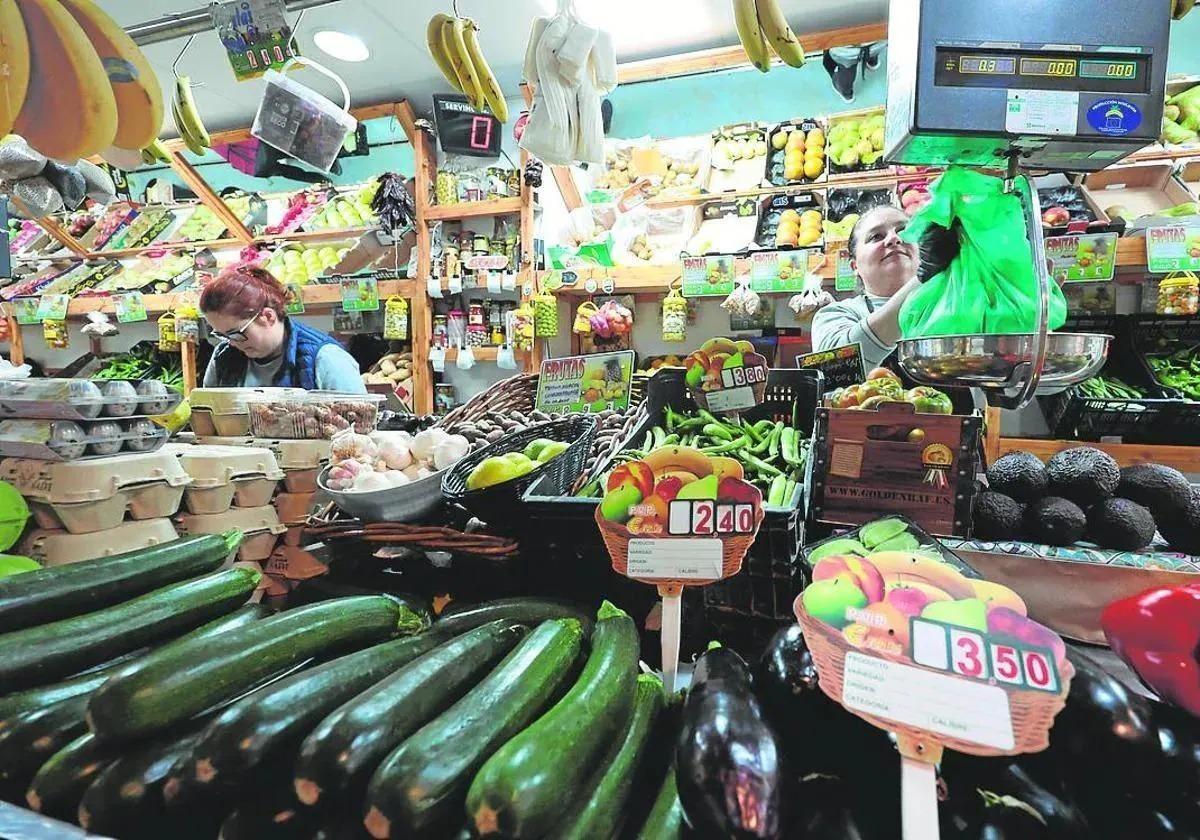Malaga was the third-placed province in Spain where prices rose the most in January
Inflation stood at 3.5%, compared to the 2.9% at a national average, and these are the main reasons why
Inflation in the province of Malaga in January 2025 stood at 3.5%, making it the third province of Spain with the highest increase in prices during the first month of the year. Inflation is a generalised phenomenon throughout Spain, but to compare figures, the national average stood at 2.9%. Comparatively, Malaga marked 3.2% inflation in December and an average of 2.8% in 2024 as a whole.
Although at the start of 2025, the consumer price index (CPI) is back to the levels recorded in May, June and July 2024, when it was also around 3.5%, at the end of the summer and beginning of autumn it was below 2%. However, the rate of price rises has been rising steadily since November.
With that said, Malaga is the third province in Spain where prices have risen the most in January, behind only Gipuzkoa (3.8%) and Huesca (3.6%). It is ahead of the Balearic Islands and Biscay (3.4%), and also ahead of Jaén, the second-placed Andalusian province where goods and services have risen the most (3.2%).
In Spain as a whole, inflation stood at 2.9% this past January, which represents an increase of one tenth of a percentage point compared to the close of 2024. This means that the gap between Malaga and the rest of Spain is six tenths of a point. This is the widest differential since July 2024, when prices rose by 3.4% in Malaga and by 2.8% at national level. This is a fairly common phenomenon: prices tend to rise more consistently in Malaga than in the country as a whole. In fact, as of recently, only last October the CPI was lower in the province (1.7%) than in Spain (1.8%).
This week Javier Font, director of studies at the Malaga economists' association, described Malaga as a province that shows greater reluctance to lower inflation. He attributed this to the fact that Malaga is a "dynamic economic pole" and, as a result, "there is tension in terms of the level of prices".
Among the provinces where price rises are more contained are Las Palmas, Teruel, Santa Cruz de Tenerife, Murcia and Seville, where increases range between 2% and 2.5%.
The grocery basket remains contained
To try and analyse why prices in Malaga are rising faster than in Spain as a whole, we must look at the evolution of the CPI as a set of components. It turns out that the culprit is not the grocery basket, since food and non-alcoholic beverages rose at a rate of 0.8% in Malaga in January, while in the country as a whole the rise is 1.8%. Neither are alcoholic beverages and tobacco (3.9% in Malaga compared to 4.3% in Spain).
However, the cost of clothing and footwear rose by 3.2% in the province, despite January being the traditional month of sales. At the same time, the index in this field fell by 0.1% in Spain as a whole.
Another factor that also pushed up inflation in the province are housing-related expenses, such as water, electricity, gas and other fuels, which rose by 12.3% year-on-year in the province, compared to the 7.9% nationally.
In addition, restaurant and hotel prices rose by 5.7% in Malaga, compared to 4.3% in Spain.

